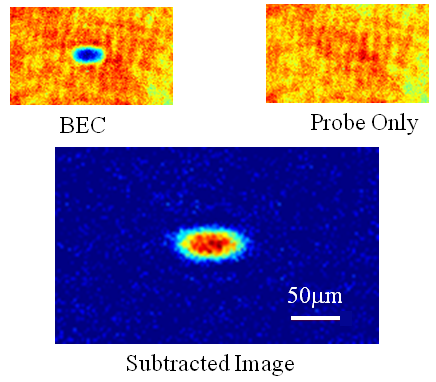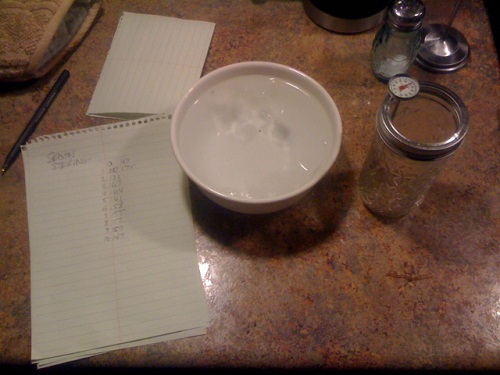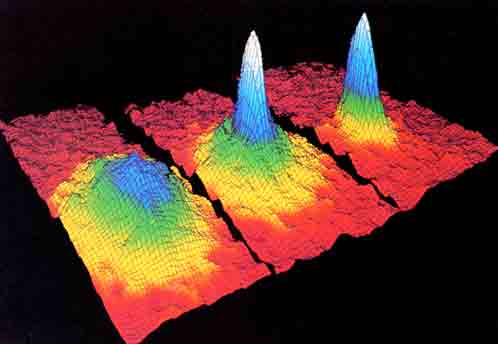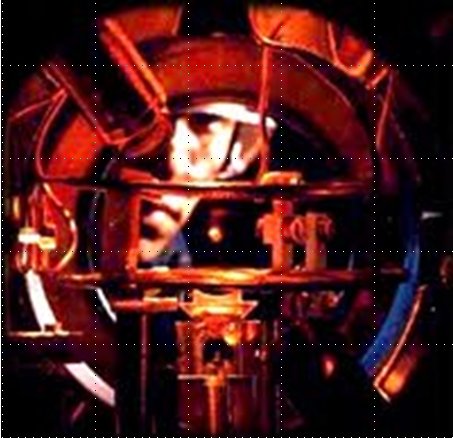The “featured image” above shows SteelyKid and The Pip checking out a couple of books at The Open Door during our weekly trip to the Schenectady Greenmarket. As cute as this is, though, the image can’t do justice to the full scenario. We were in the toy section looking for a birthday present for SteelyKid’s […]








